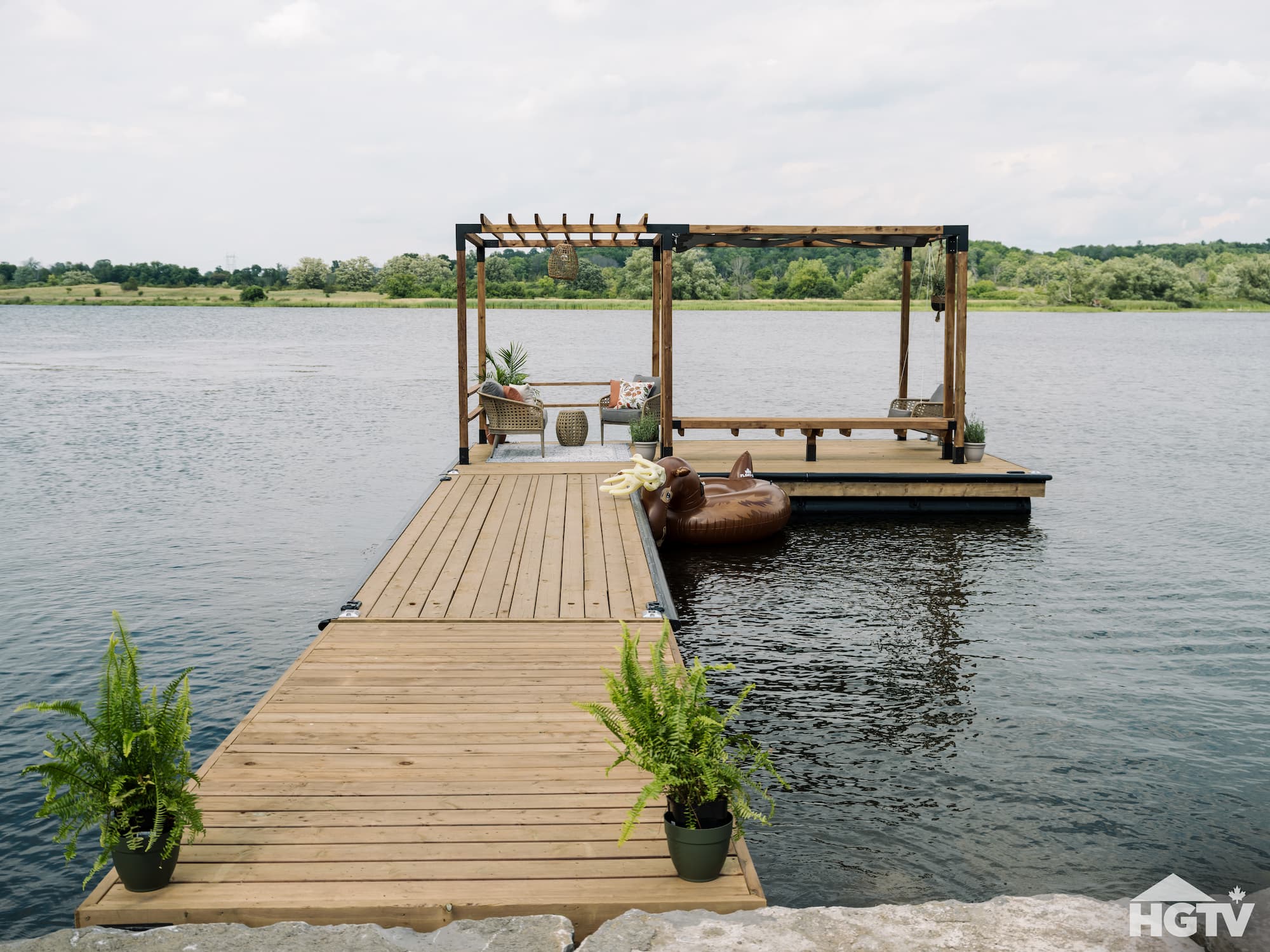When it comes to waterfront living, a floating dock can offer the perfect solution for maximizing your space and enjoying outdoor activities. Whether you’re looking to add a personal touch to your lakeside property or need a practical space to store a boat or kayak, designing a small floating dock can be a rewarding project. In this blog post, we’ll walk you through some small floating dock design tips that will ensure you get the most out of your dock space while maximizing its efficiency.

The Benefits of a Floating Dock
Floating docks are versatile, adaptable, and can be installed in a variety of waterfront locations. One of the primary benefits is their ability to adjust with fluctuating water levels, making them ideal for lakes, rivers, and coastal areas. Unlike traditional fixed docks, floating docks rise and fall with the water, ensuring stable access even during high or low tides.
Not only do floating docks offer functional advantages, but they can also enhance the aesthetic of your property. With the right dock design, your dock can become a beautiful, functional space for relaxation, fishing, or entertaining guests.
Choosing the Right Materials
Selecting the right materials is crucial for the durability and longevity of your floating dock. The most common materials used for decking floating docks are wood and composite decking. Each of these options has unique benefits:
- Wood decking: Provides a timeless, natural appearance that enhances the aesthetic of your dock. While it may require occasional maintenance to keep it looking its best, many homeowners find the upkeep manageable and enjoy the classic charm it adds to their waterfront space.
- Poly Composite decking: Made from a blend of wood fibers and plastic, composite decking offers impressive resistance to weathering, rot, and pests. It’s a great option for those looking for a durable, low-maintenance solution over the long term.
For flotation, NyDock HDPE floats are a popular choice due to their durability and excellent buoyancy, making them a perfect match for small dock designs.
Designing for Stability and Safety
A small floating dock needs to be stable, safe, and secure for all types of water activities. When designing your dock, consider the weight distribution of the materials you plan to use. The size and shape of the flotation devices (like barrels or plastic floats) must support the dock evenly across its length.
Safety is also a priority. Installing non-slip surfaces will help prevent accidents, particularly when wet. Depending on your needs, adding railings can also enhance safety, especially if children or pets will be using the dock.
Additionally, it’s essential to account for clearance from the water. This ensures that your dock doesn’t get damaged by waves or debris, and it will also make boarding boats or launching kayaks much easier.
Maximizing Dock Space for Functionality
Even a small floating dock can be transformed into a highly functional space. Consider adding storage features like dock boxes to keep gear organized and out of the weather. If you’re planning on using the dock for lounging or entertaining, adding seating options—such as built-in perimeter benches—will ensure that everyone can comfortably enjoy the space.
Modular dock designs are ideal for small spaces because they allow for flexibility. You can start with a simple layout and then add on more sections or features as needed. This adaptability is one of the biggest advantages of floating docks.
Effective Dock Anchoring Solutions
A floating dock is only as stable as its anchoring system, so choosing the right type of anchor is crucial for keeping your dock secure in all conditions. There are several anchoring options available:
- Screw piles: Screw piles are a popular choice because they provide solid, long-lasting anchoring that works in a variety of environments.
- Deadweight anchors: These are heavy, stationary anchors that provide stability, especially in deeper water.
- Mooring lines: For more flexible designs, mooring lines or chains can be used to secure the dock to existing structures or shoreline anchors.
The right anchoring system will ensure that your dock stays in place during storms or strong winds, ensuring a safe environment.
Maintenance and Upkeep Tips
Even though floating docks are relatively low maintenance, regular upkeep is essential for ensuring they remain safe and efficient. Here are a few tips to keep your floating dock in top condition:
- Regular cleaning: Remove debris and dirt regularly to keep your dock looking good and functioning well.
- Inspect for damage: Check for cracks, wear, or any signs of damage to the dock structure. Seasonal maintenance is also important. In colder climates, make sure to store your dock appropriately during the winter months to prevent damage from freezing temperatures.
Create Your Perfect Floating Dock
Designing a small floating dock doesn’t have to be overwhelming. With careful planning, you can create a functional and beautiful space that enhances your waterfront property. By choosing the right materials, ensuring stability and safety, and considering your space’s needs, you’ll enjoy a dock that serves as both a practical solution and a serene retreat.
Whether you’re looking to store a boat, fish, or simply relax on the water, a floating dock is a perfect way to maximize your waterfront space. Ready to get started? Contact NyDock today for expert advice and professional installation services to bring your floating dock vision to life.



